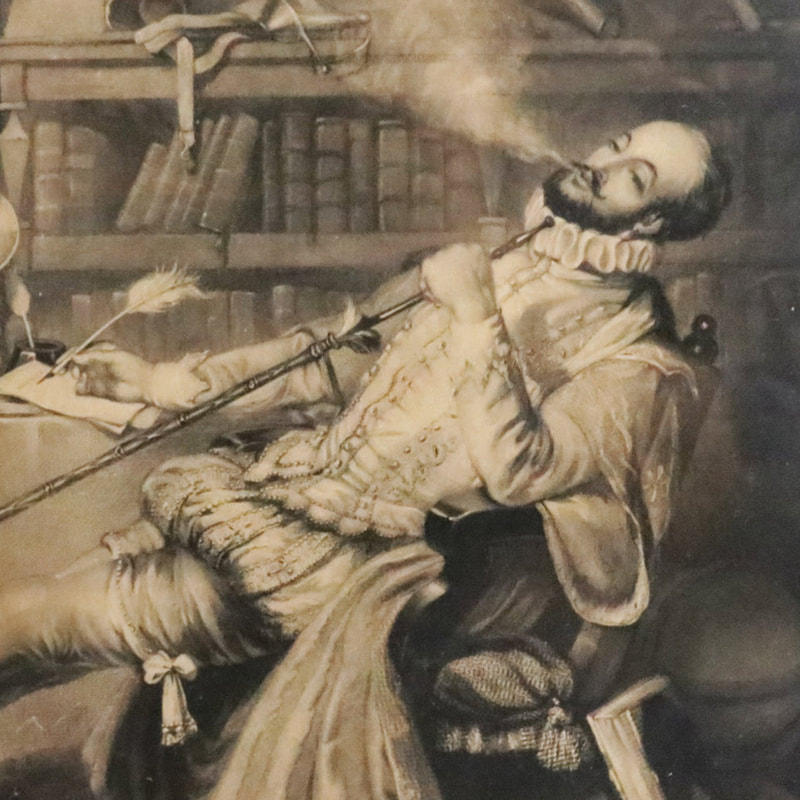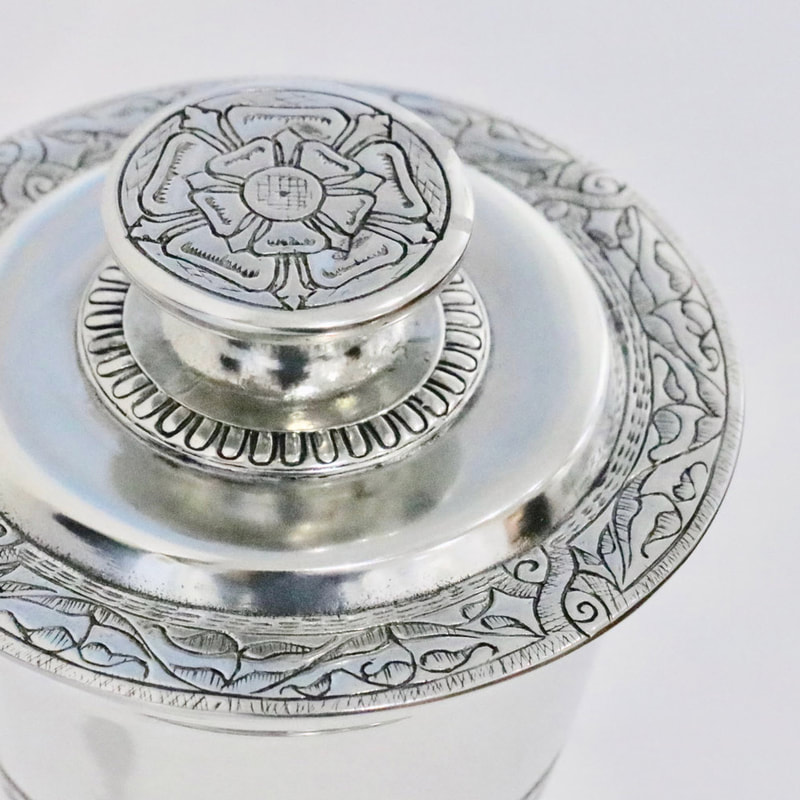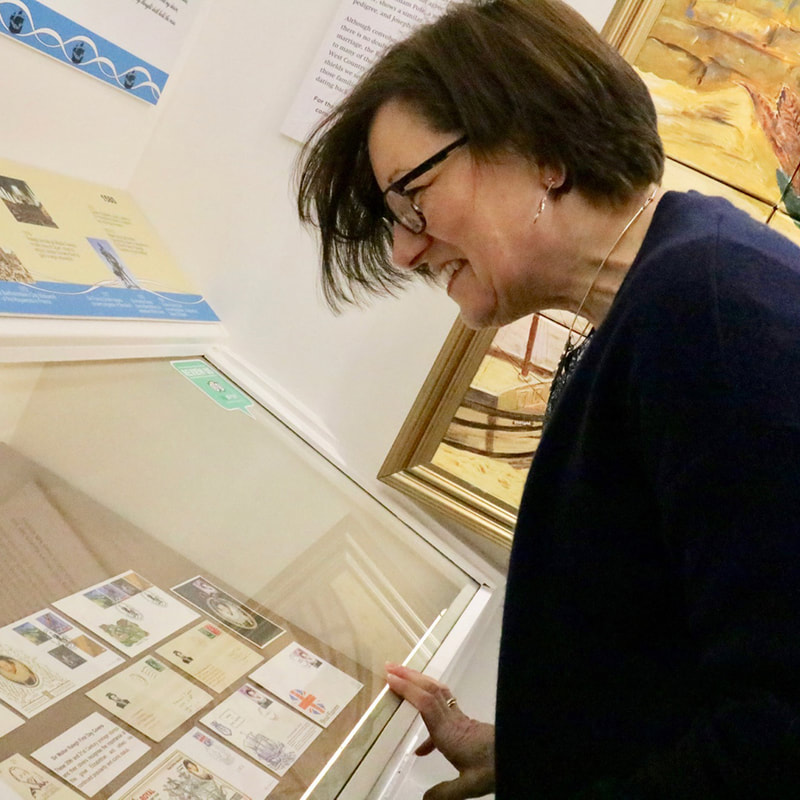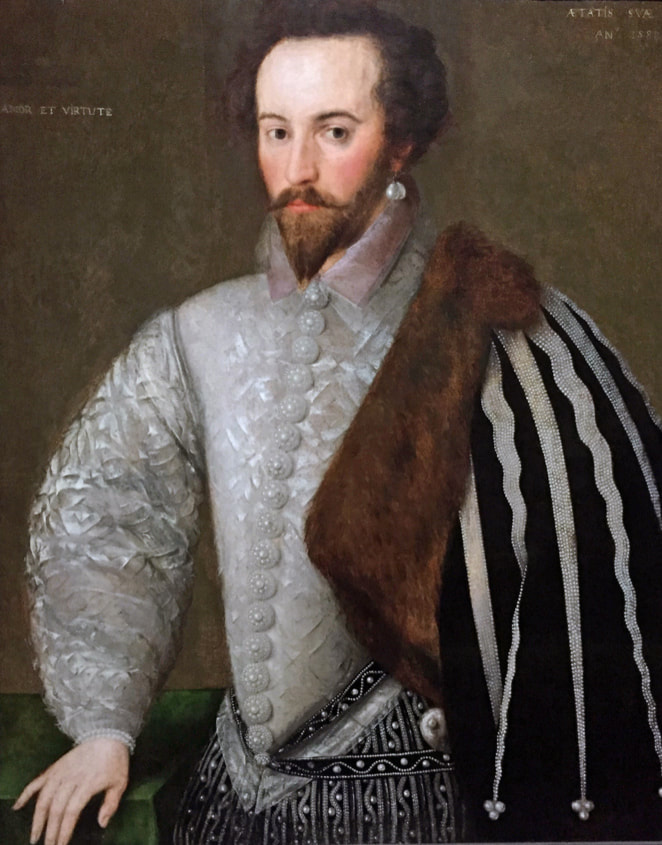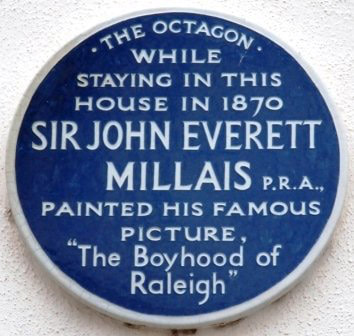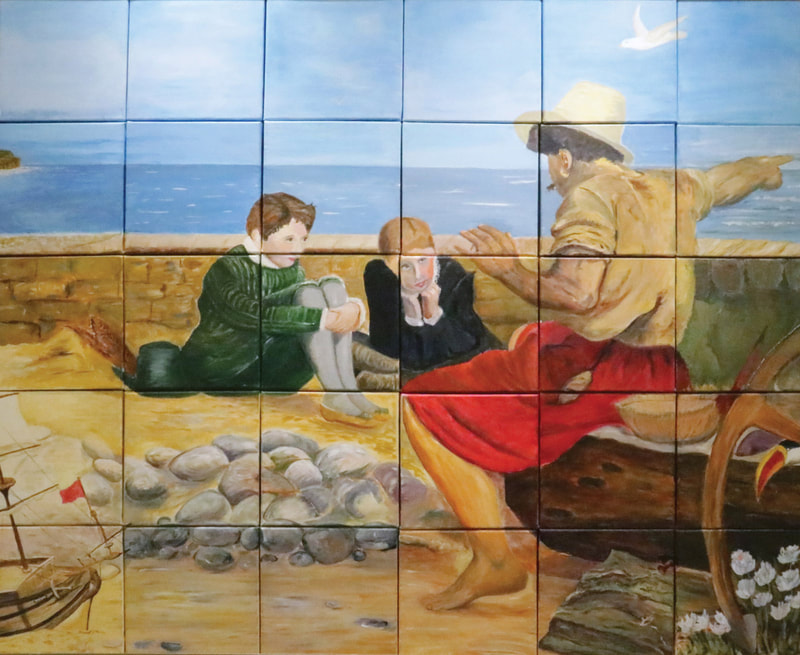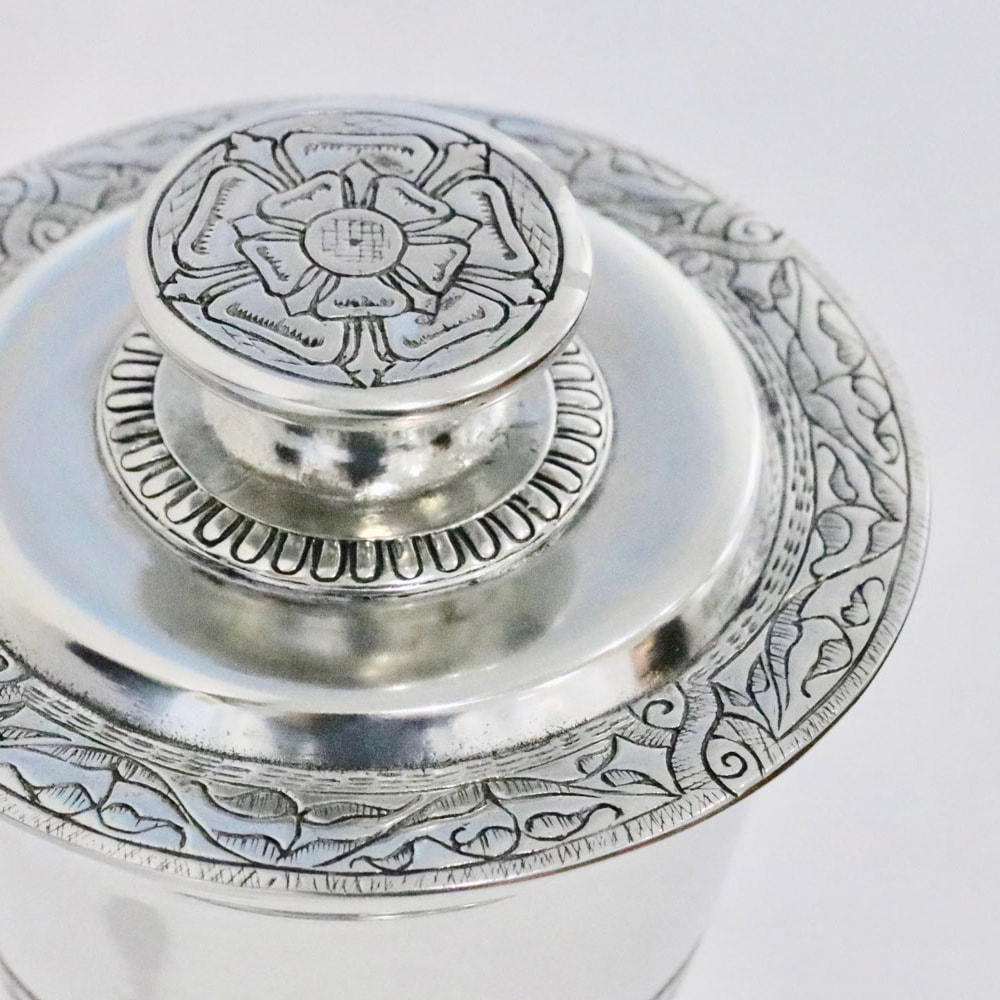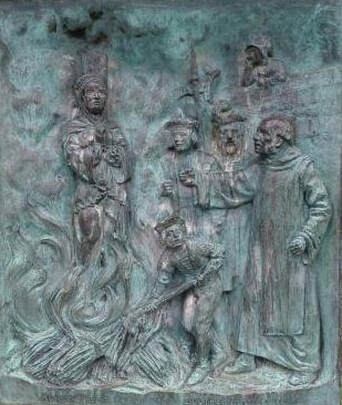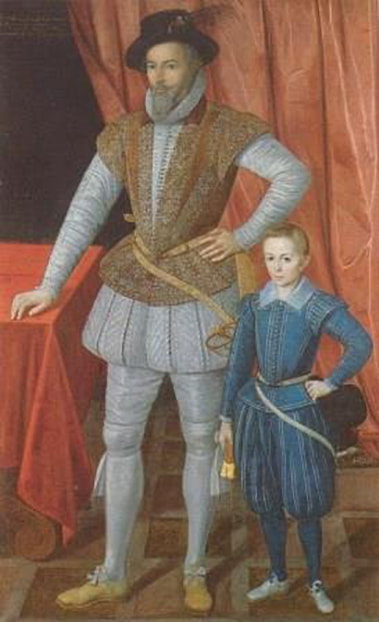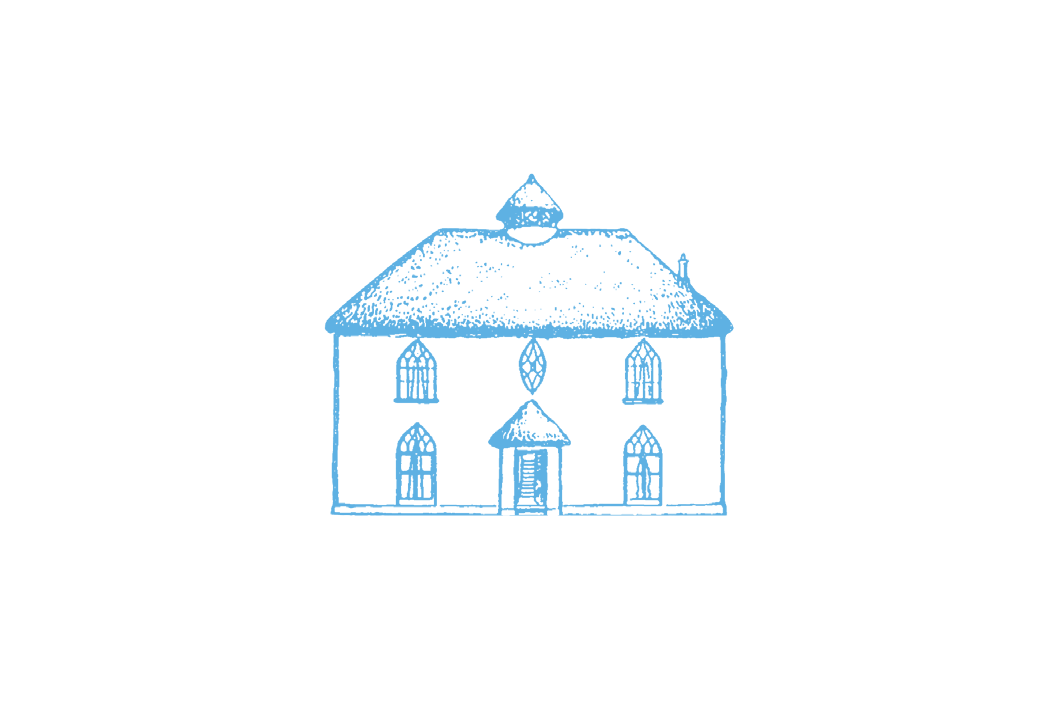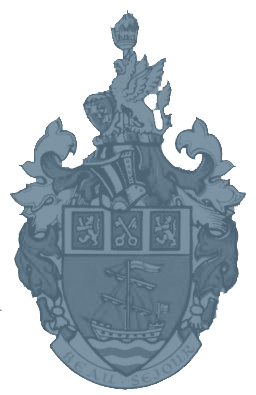Sir Walter Ralegh Room
Sir Walter Raleigh was born in East Budleigh and is our most famous local historic figure. He rose to prominence in tumultuous times: as an explorer, entrepreneur, soldier, courtier, scholar and poet, he became a favourite of one ruler but was despised by the next, made a fortune and lost it again, inspired loyalty and love, endured heartbreak and despair and in the end was a victim of political rivalry.
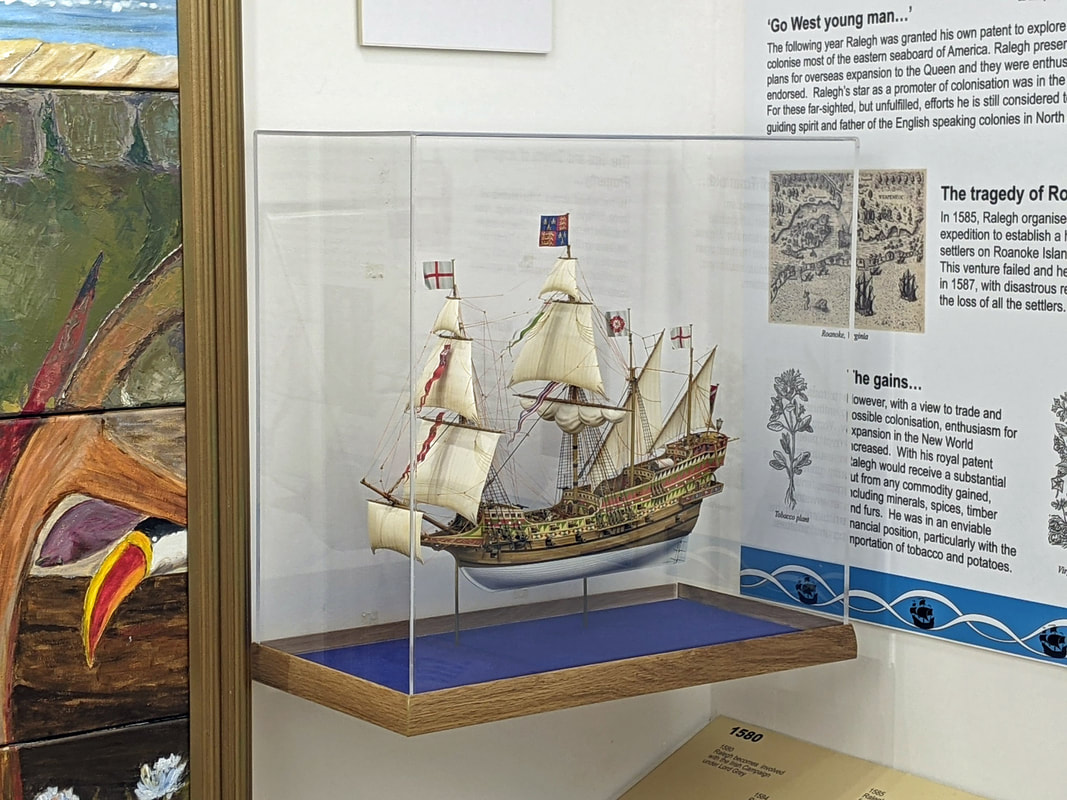
Her Majesty's Ship Ark Royal.
Flagship of the English Fleet which defeated the Spanish Armada in 1588.
Originally named Ark Ralegh, she was built at Deptford for Sir Walter in 1587 by master shipwright Richard Chapman and was later purchased by the Crown for £5,000.
The 1:144 scale model was built by Friend of Fairlynch Patrick Camp for display in the Sir Walter Ralegh Room.
Flagship of the English Fleet which defeated the Spanish Armada in 1588.
Originally named Ark Ralegh, she was built at Deptford for Sir Walter in 1587 by master shipwright Richard Chapman and was later purchased by the Crown for £5,000.
The 1:144 scale model was built by Friend of Fairlynch Patrick Camp for display in the Sir Walter Ralegh Room.
